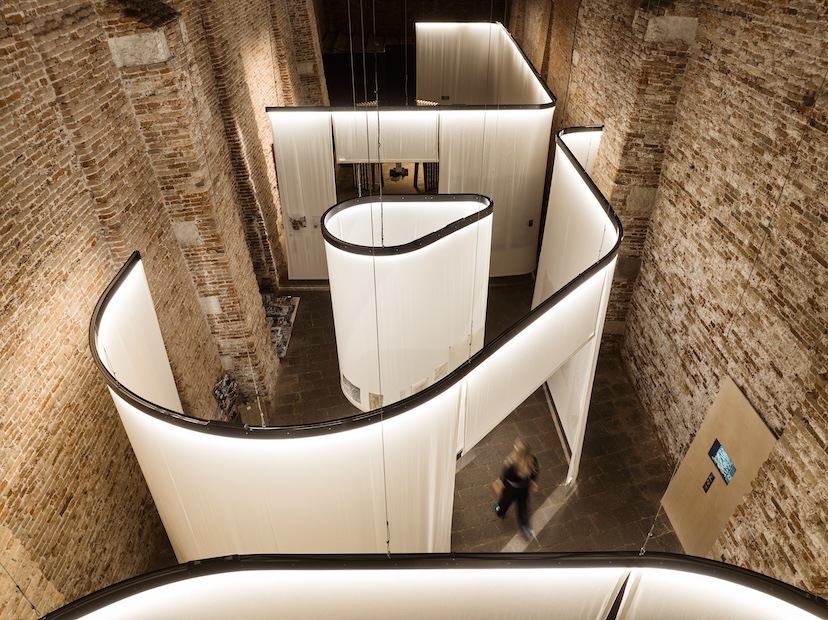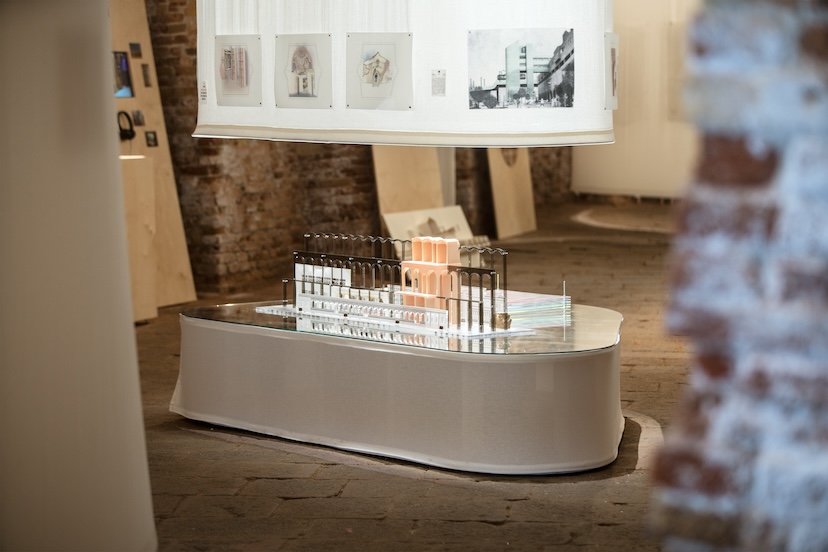As an architect, you never stop thinking of ways to improve the world around you. You hold the tools that can help change the Social, Political and Economical landscape surrounding you and make it better for the country and the people living in it. That’s exactly what a group of Kuwaiti architects and their pavilion, ‘Rethinking Rethinking Kuwait’ aimed to do at La Biennale di Venezia, held in Venice, Italy.
Titled “The Laboratory of the Future”, this exhibition opened its doors on May 20 and will continue to do so until November 26 and is curated by Lesley Lokko, a Ghanaian-Scottish architect, academic and novelist who, amongst many other things, established the Graduate School of Architecture (GSA) at the University of Johannesburg and served as Dean of Bernard and Anne Spitzer School of Architecture.
A visit here will open your eyes to how the architects of our generation have been able to take advantage of the modern world and their knowledge and skills to create astonishing pieces in their respective pavilions. One of the pavilions, ‘Rethinking Rethinking Kuwait’, was created by a group of Architects and Designers from Kuwait along with the Kuwaiti National Council for Culture, Arts, and Literature (NCCAL).

They are exploring new methods for architectural and urban design that emerge from the intersections of space and time. It’s an ongoing investigation attempting to rectify the effects of modernist urban planning that led to the erasure of most of Kuwait’s historic built fabric.
Speaking to a couple of the curators about what made them decide to have that as the focus of what they wanted to do at this Biennale, they said “Part of the conversation initially was to question how things are administered, particularly in architectural spaces and we wanted to include everyone in this and not just be heavily reliant on seniority and expertise because there is a lot of programming that happens. For example, someone who has been practicing for 30 years is used to a certain way of thinking and their ideas will be based on existing systems.”

“We wanted to embrace the laboratory aspect of things and engage everyone. We then put out anopen call and got a wide range of participants from different stages in their careers as architects, designers and creatives. Through this, we initiated discourse about how things are done and more importantly, the reason behind them. That’s how the notion of Rethinking Rethinking Kuwait began. We wanted to amplify the young voices and the tension through the discourse produced a productive dialogue on the merit of different models of thinking and how we can implement them.” they added.
The Kuwait Pavilion is rethinking urban planning processes through rethinking transportation, walkability, and accessibility. The experiment started as a response to various foreign master planning efforts for Kuwait. The project’s focus is to improve the human scale of the city by enhancing urban transitional and interstitial spaces as well as prioritizing mass transit over individual vehicular modes of travel. The process looks at an approach to urban planning that explores a top-down macroscale simultaneously with a bottom-up microscale keeping the human experience and scale critical for the new plan. The interconnectivity of the city’s historic fabric is revisited through various scales of urban interventions, resulting in a new network of connectivity that forms multiple modes of transportation that culminate on the human scale.

The project’s title reflects the process of rethinking as an effort to decolonize architectural discourse; “rethinking rethinking” emerges as a process for reevaluating existing processes while moving beyond the colonialist principles and values typically driving the development of architectural projects. The approach examines existing conventions and precedents while allowing room for local forces to generate a new process. History is treated as a spiral rather than a linear timeline, looking for moments of precedent that can inform future development that is otherwise disjointed in a conventional linear workflow.
“We decided to focus on Kuwait City. After the reinforcement of the existing condition, there is still a trace of where the actual border condition was. Through modernism, there was a sort of grid that was imposed within that geometry and it’s clear to see that the two systems struggle to mesh with each other. So part of our process was how do we embrace the geometries and that took us back to the old fabric and saw the results that happens from organic occupation. We then established an idea where instead of prioritizing profitability, we base it on the human experience where the human body is the primary focus. Everything else should serve the human experience and not vice versa. How do we continue to open up the country and allow access to everyone regardless of where they are in Kuwait?” said the curators when speaking about what made them choose Kuwait City as their focus and how the thought process evolved.
This is the fifth time that Kuwait took part in La Biennale di Venezia and there is definitely a lot more to come in the coming years. “We look back with pride. This is still ongoing until November but we are extremely proud of the work we were able to do and how we were able to design something that you can visit and see from so many different angles with each part telling a story,” they concluded.
For more news and updates, you can follow them on @rethinking.kuwait on Instagram or visit their website.








